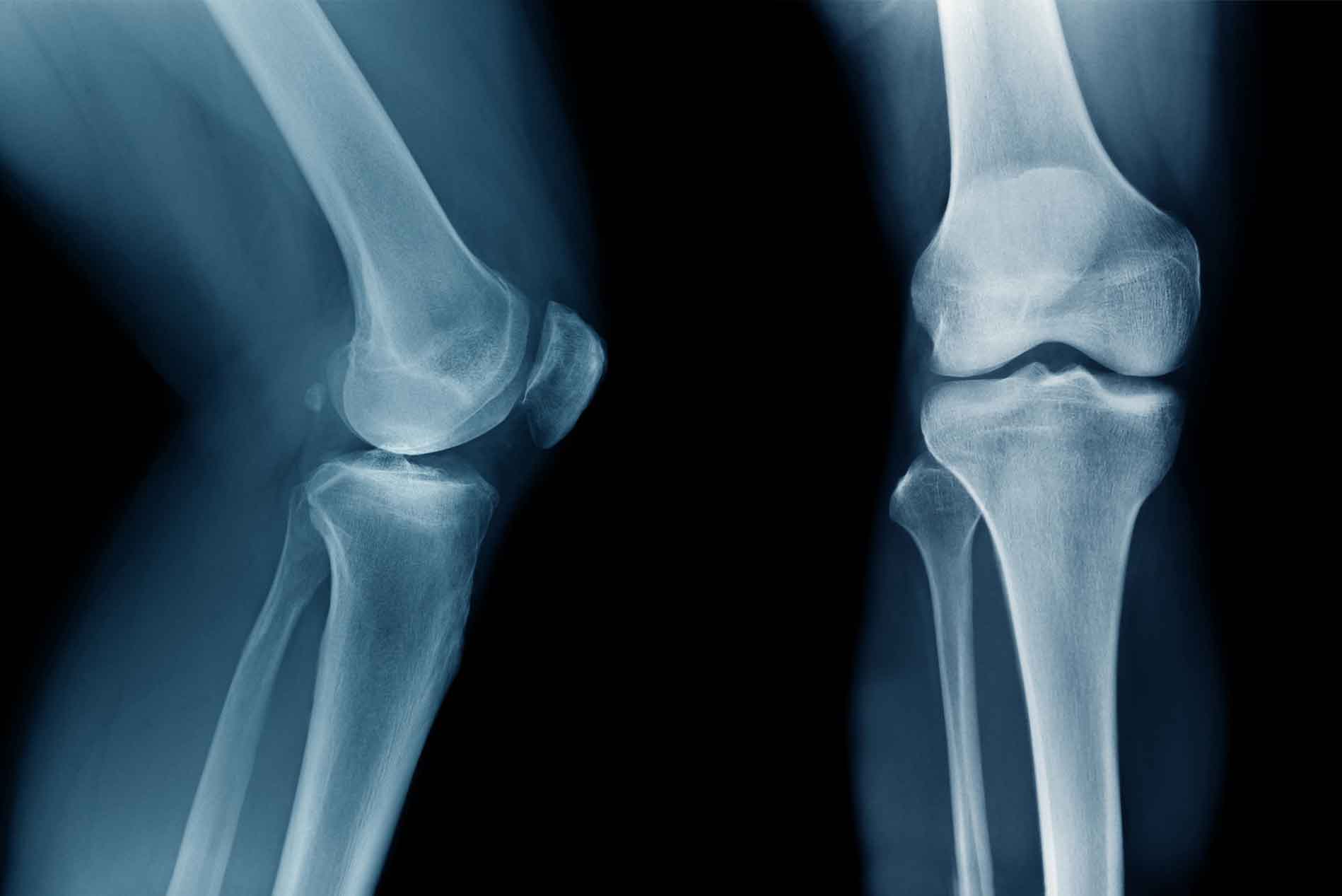Osgood-Schlatter disease is a common condition that predominantly affects adolescents during their growth spurts. While it is not a disease in the traditional sense, it can cause significant discomfort and impact daily activities. This article provides a comprehensive overview of Osgood-Schlatter disease, including its symptoms, causes, and treatment options, to help you better understand and manage this condition.
Key Takeaways
- Osgood-Schlatter disease primarily affects adolescents, especially those engaged in sports.
- It is characterized by pain and swelling below the knee joint, at the tibial tuberosity.
- Management includes rest, physical therapy, and sometimes bracing or medication.
- Most cases resolve on their own once the child’s growth spurt ends.
What is Osgood-Schlatter Disease?
Osgood-Schlatter disease is an overuse injury that affects the knee area. It is named after Dr. Robert Osgood and Dr. Carl Schlatter, who independently described the condition in 1903. The condition is characterized by inflammation of the patellar tendon at the tibial tuberosity, which is the bony prominence just below the kneecap. This inflammation is often a result of repetitive stress and strain on the knee from physical activities.
Who is Affected?
Osgood-Schlatter disease typically affects young adolescents between the ages of 10 and 15. It is more common in boys than girls, although the gender gap is narrowing as more girls participate in sports. The condition is particularly prevalent among young athletes involved in sports that require running, jumping, and quick changes of direction, such as soccer, basketball, and gymnastics.
Symptoms of Osgood-Schlatter Disease
The symptoms of Osgood-Schlatter disease can vary in severity and may include:
- Pain and tenderness below the knee joint, particularly during physical activity.
- Swelling or a noticeable bump at the tibial tuberosity.
- Increased pain with activities that involve running, jumping, or kneeling.
- Discomfort that improves with rest and worsens with activity.
Causes of Osgood-Schlatter Disease
The primary cause of Osgood-Schlatter disease is repetitive stress on the knee joint, particularly during periods of rapid growth. During growth spurts, the bones, muscles, and tendons grow at different rates, which can lead to increased tension on the patellar tendon. This tension can cause the tendon to pull away from the tibia, resulting in pain and inflammation.
Diagnosis of Osgood-Schlatter Disease
Diagnosing Osgood-Schlatter disease typically involves a physical examination and a review of the patient’s medical history. The doctor will look for tenderness and swelling at the tibial tuberosity and may ask about the patient’s activity level and any recent growth spurts. In some cases, an X-ray may be recommended to rule out other potential causes of knee pain, such as fractures or tumors.
Treatment Options for Osgood-Schlatter Disease
Treatment for Osgood-Schlatter disease focuses on relieving pain and reducing inflammation. Most cases resolve over time, but several management strategies can help alleviate symptoms:
Rest and Activity Modification
Reducing or modifying activities that exacerbate the pain is crucial. Encouraging a temporary break from sports or high-impact activities can prevent further irritation of the knee.
Physical Therapy
Physical therapy exercises can help strengthen the muscles around the knee and improve flexibility. Stretching exercises for the quadriceps and hamstrings are particularly beneficial.
Ice and Compression
Applying ice to the affected area can help reduce swelling and alleviate pain. Compression wraps or knee supports may also provide relief.
Medication
Over-the-counter pain relievers, such as ibuprofen or acetaminophen, can help manage pain and reduce inflammation.
Bracing
In some cases, a knee brace or patellar strap may be recommended to provide additional support and reduce strain on the knee.
Surgical Intervention

Surgery is rarely required for Osgood-Schlatter disease. However, in severe cases where symptoms persist despite conservative treatment, surgical options may be considered to remove the bone fragment causing irritation.
Prognosis and Long-Term Outlook
The prognosis for Osgood-Schlatter disease is generally excellent. Most adolescents experience a significant reduction in symptoms as they reach skeletal maturity and their growth spurts end. In some cases, a bony bump may remain at the tibial tuberosity, but it typically does not cause any functional problems.
Preventing Osgood-Schlatter Disease
While it may not be possible to completely prevent Osgood-Schlatter disease, certain measures can help reduce the risk:
- Encourage proper warm-up and stretching routines before engaging in physical activities.
- Ensure young athletes use appropriate footwear and equipment.
- Promote a balanced training schedule that includes rest days to prevent overuse injuries.


Osgood-Schlatter disease is a common condition that affects many young athletes during their growth years. Understanding the symptoms, causes, and treatment options can help manage the condition effectively and minimize its impact on daily activities. With proper care and management, most individuals can expect to return to their normal activities without long-term complications.


